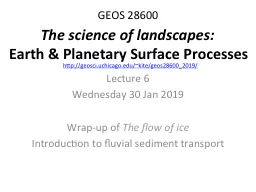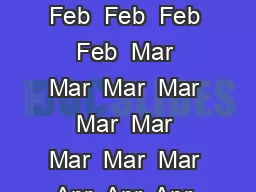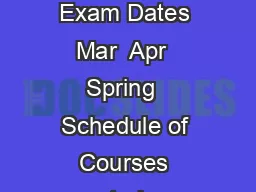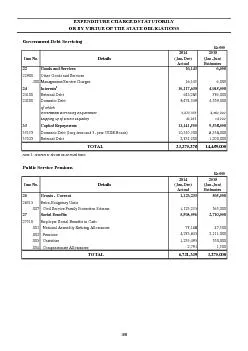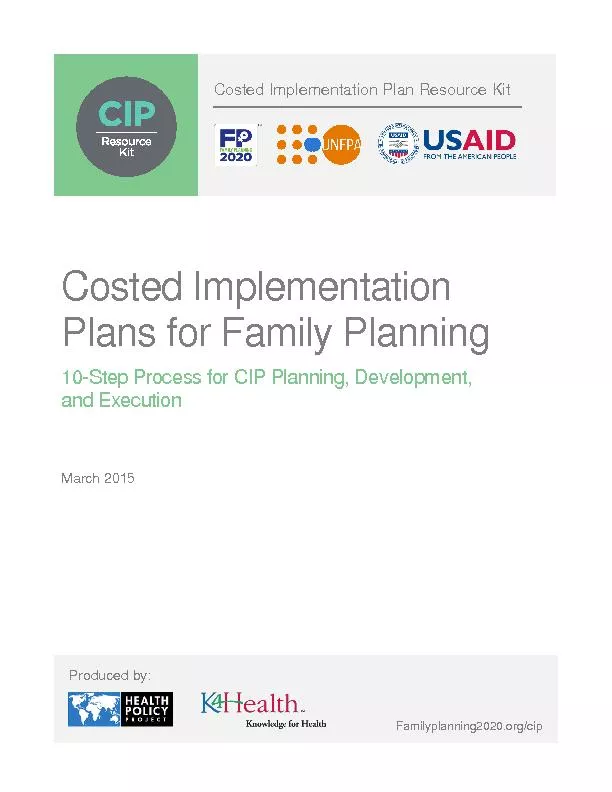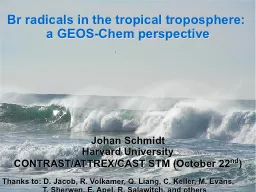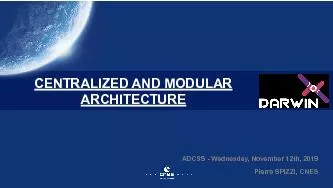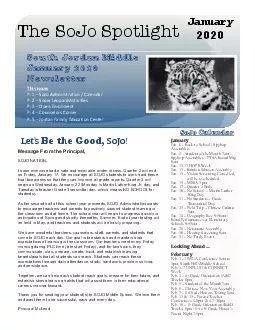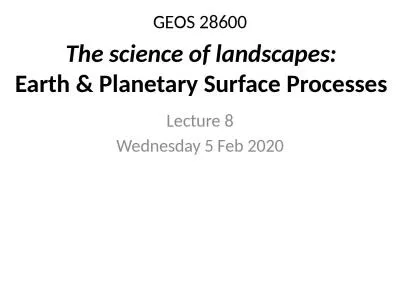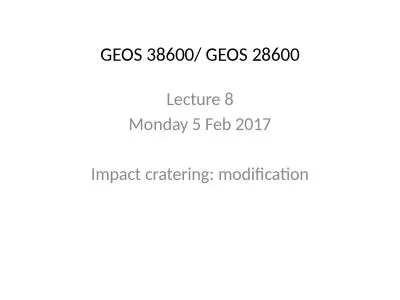PPT-GEOS 28600 Lecture 6 Wednesday 30 Jan 2019
Author : backbays | Published Date : 2020-06-22
Wrapup of The flow of ice Introduction to fluvial sediment transport The science of landscapes Earth amp Planetary Surface Processes httpgeosciuchicagoedukitegeos286002019
Presentation Embed Code
Download Presentation
Download Presentation The PPT/PDF document "GEOS 28600 Lecture 6 Wednesday 30 Jan 20..." is the property of its rightful owner. Permission is granted to download and print the materials on this website for personal, non-commercial use only, and to display it on your personal computer provided you do not modify the materials and that you retain all copyright notices contained in the materials. By downloading content from our website, you accept the terms of this agreement.
GEOS 28600 Lecture 6 Wednesday 30 Jan 2019: Transcript
Download Rules Of Document
"GEOS 28600 Lecture 6 Wednesday 30 Jan 2019"The content belongs to its owner. You may download and print it for personal use, without modification, and keep all copyright notices. By downloading, you agree to these terms.
Related Documents

